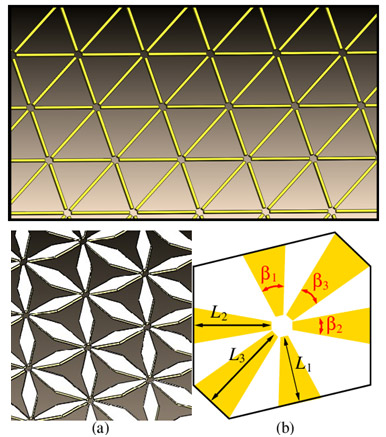A significant portion of energy consumption occurs in residential and nonresidential buildings. Improving the energy efficiency in buildings can have a significant impact on energy consumption. As a result of this need, engineering smart coatings to improve the energy efficiency of buildings is a crucial area in reducing the energy deficit. Sabancı University researchers have demonstrated novel nanoparticle coatings, through which the absorption and reflection of surfaces can be engineered to the desired properties. Such coatings can substantially improve the energy efficiency in buildings.
Novel nanoparticle coatings on buildings need to operate over a wide spectrum to improve the absorption and reflection profiles of buildings. Such nanoparticle coatings are promising candidates to improve the energy efficiency of buildings. While promising, achieving such novel nanoparticle coating is challenging because they require spectral engineering over a broad energy spectrum. To achieve such absorption and reflection profiles over a broad spectrum, Sabancı University researchers have used close-packed nanoparticle arrays due to the strong correlation between the particle geometry and hexagonal grid, particle coupling within unit cells, and interaction between neighboring unit cells.
Sabancı University researchers have demonstrated that the spectral distribution of large scale surfaces can be effectively tailored over a wideband spectral range using close-packed nanoparticle coatings. Sabancı University researchers unveiled the coupling-mechanisms responsible for the spectral response of the nanoparticle coatings and they demonstrate the geometrical restrictions limiting the bandwidth of the spectral response.
To overcome these limitations, Sabancı University researchers have proposed a more general nanoparticle coating made up of a honeycomb structure by introducing additional morphological parameters within the Wigner-Seitz unit cell. The proposed morphological parameters provide additional flexibility for manipulating the spectrum by relaxing geometrical restrictions due to a strong correlation between the unit-cell and na-noparticle morphology. Furthermore, Sabancı University researchers achieved spectral broadening by breaking the symmetry within a Wigner-Seitz unit cell on a hexagonal grid, rather than breaking the symmetry of the hexagonal grid itself via generalized honeycomb arrays. In addition, the Sabancı University researchers demonstrated the advantages of close-packed arrays in terms of spectral response and electric field enhancement over large surfaces.
